


Ο Eugène Henri Paul Gauguin γεννήθηκε μια μέρα σαν σήμερα πριν 169 χρόνια, στις 7 Ιουνίου 1848. Περιγράφοντας τον εαυτό τους ως “βάρβαρο”, υπήρξε μια ψυχή τυραννισμένη με μεγάλο ταλέντο, που ποτέ δεν κατάφερε να συμβιβαστεί με την Παριζιάνικη ζωή της εποχής του. Στα 35 του παράτησε την καριέρα του χρηματιστή που είχε ξεκινήσει για να αφοσιωθεί στην ζωγραφική. Η αγάπη του για περιπέτεια – η “φαγούρα για το άγνωστο”, όπως έλεγε- του δημιούργησε την αγάπη για τον “πρωτόγονο” τρόπο ζωής.
Το 1891 μπαρκάρησε για την Ταϊτή ελπίζοντας να βρεί νέα έμπνευση. Την βρήκε ζώντας σε μια καλύβα σ’ ένα μικρό χωριό, σ΄ένα τοπίο με χρώματα που δεν είχε ξαναδεί.
Ο Γκωγκέν ζωγράφιζε συχνά θέματα με φαγητό, καθώς ονειρευόταν ένα τροπικό παράδεισο όπου θα μπορούσε να ζήσει “με ψάρι και φρούτα”. Στα 1900 παρέθεσε ενα μεγάλο συμπόσιο στην Ταϊτή και ζωγράφισε μια σειρά απο μενού. Εκεί φαίνονται διάφορα πιάτα που ανακατεύουν την Γαλλική κουζίνα μ’ αυτήν της Ταϊτής. Οι καθημερινές του σημειώσεις περιγράφουν απλά φαγητά με τοπικά προϊόντα που του άρεσαν πολύ – λαχανικά, ψάρι, φρούτα.
Ο Γκωγκέν παραμένει ένας απο τους σημαντικότερους ζωγράφους όλων των εποχών. Πρόσφατα, το πορτραίτο δυο κοριτσιών της Ταϊτής “Nafea Faa Ipoipo”, που ζωγράφισε στα 1892, πουλήθηκε για $300.000.000
Παραθέτω μια συνταγή της Ταϊτής που σίγουρα θα είχε δοκιμάσει ο Γκωγκέν.
E’ia Ota – Ωμό ψάρι
ΥΛΙΚΑ– 500 γρ. φρέσκος τόνος – 4 φλυτζάνια κρυο νερό – αλάτι, πιπέρι – 3/4 φλυτζάνι χυμός λάιμ – 3/4 γάλα καρύδας
Συμπληρωματικά αν και όσο θέλετε: καρότο ξυσμένο στον τρίφτη – αγγούρι, ξεσποριασμένο, σε κύβους – φρέσκο κρεμμυδάκι σε ροδέλες – τομάτα, ξεσποριασμένη, σε κύβους και ζουλιγμένη σ’ ένα τουλουπάνι για να φύγουν τα πολλά υγρά της
ΟΔΗΓΙΕΣ– Τεμαχίζουμε το ψάρι σε κύβους περίπου 2.5 εκ. Τοποθετούμε σε κρύο νερό να το σκεπάζει (προσθέτουμε λίγα παγάκια αν δεν είναι κρύο το νερό), αλατίζουμε. Τα αφήνουμε για 20 περίπου λεπτά.
Στραγγίζουμε το ψάρι και το στεγνώνουμε με χαρτί κουζίνας. Σ΄ένα μπωλ το βουτάμε σε χυμό λάιμ και το αφίνουμε να μαριναριστεί για 20 περίπου λεπτά, ανακατεύοντας πότε πότε. Ενώ μαρινάρεται το ψάρι ετοιμάζουμε τα λαχανικά, όποια θέλουμε ή και όλα απο τα παραπάνω. Πετάμε τον χυμό του λάιμ και βάζουμε πάλι το ψάρι στο μπώλ, προσθέτουμε τα λαχανικά και το γάλα της καρύδας και ανακατεύουμε. Αλατοπιπερώνουμε και το βάζουμε στο ψυγείο για περίπου 20 -30 λεπτά.
Σερβίρουμε κρύο με μερικά έξτρα λαχανικά.
Eugène Henri Paul Gauguin was a self-described “barbarian”, born on a day like today 169 years ago, on 7 June 1848. A tortured and gifted soul who was never able to settle into the life of 19th century Paris. At the age of 35 he left a career as a stock broker to pursue his passion, painting. His constant desire for adventure, which he referred to as his “terrible itching for the unknown,” left him with a fondness for the “primitive” lifestyle.
In 1891 he set sail for Tahiti in hopes of finding new inspiration and parting ways with the conventional French way of life. Living in a hut in a small village provided him with the scenery he needed. The colors of the South Pacific were like none he’d ever seen, and his paintings reflected the lush surroundings of his new home.
Gauguin painted images of food throughout his life, and he dreamed of living in a tropical paradise where he could “live on fish and fruit.” 1900 Gauguin hosted a banquet in Tahiti and created a series of illustrated menus for it, which were recently sold at various art auctions. The drawings feature menus that appear to combine both French and Tahitian fare. His day-to-day journals describe simple meals of vegetables, fish and fruit, no fancy pastries or complicated side dishes, just simple fare.
Gauguin remains one of the most influential artists of all time. An 1892 portrait of two Tahitian girls titled “Nafea Faa Ipoipo” recently sold for close to $300 million, one of the highest prices paid for a single piece of art.
Here is a Tahitian recipe. I am sure that at some point or other made her way to Gaugin’s table.
E’ia Ota – Poisson Cru
INGRIDIENTS — 1 pound fresh, sushi-grade fish; ahi tuna, yellowfin tuna, halibut or snapper – 4 cups cold water – 2 tbsp salt, plus more for seasoning – 3/4 to 1 cup freshly squeezed lime juice
3/4 cup whole fat coconut milk (fresh is best) – Pepper to taste
Optional Ingredients: 1 large carrot, peeled and grated – cucumber, seeded and diced – 1/3 cup scallions, sliced into rings – 1 tomato, seeded and diced, squeezed in cheesecloth to remove excess liquid
DIRECTIONS — Dice the fish into 3/4 inch pieces, then cover with cold water and 2 tbsp salt (add a few ice cubes if the water is not chilled). Let the fish sit for 20 minutes. Meanwhile, squeeze your limes to juice them.
Drain the fish and pat it dry. Submerge the fish in fresh lime juice; you will need between 3/4 cup and 1 cup to cover. Let the fish marinate, stirring occasionally, for 15-30 minutes. While fish is marinating, prepare your vegetables. You may use any or all of the vegetables listed above;
reserve a little of each on the side for garnish.
Marinate the fish until the edges are opaque and the center of each piece is still pink. Drain the lime juice, then return the fish to the bowl. Stir in the fresh vegetables and coconut milk. Season with salt and pepper to taste. Allow the mixture to marinate in the refrigerator for 15-30 minutes.
Serve cold garnished with fresh vegetables.


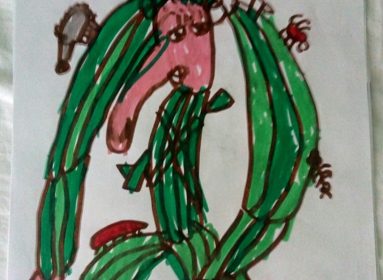


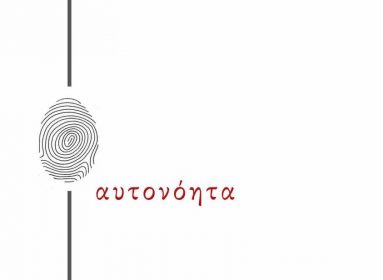
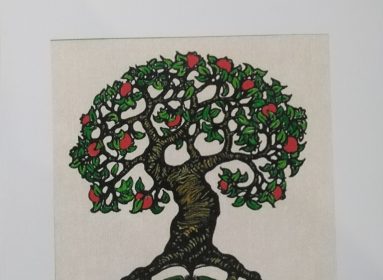


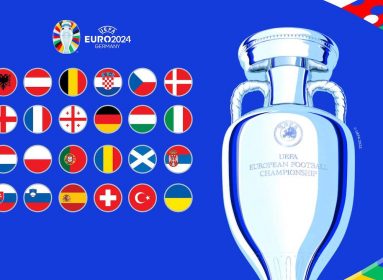






























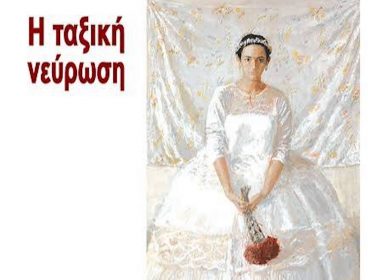



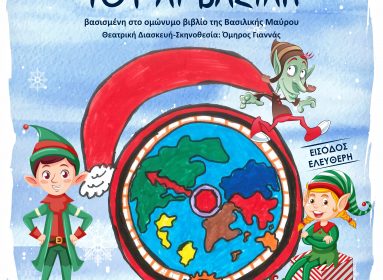







 Το σκίτσο είναι του Βαγγέλη Παυλίδη
Το σκίτσο είναι του Βαγγέλη Παυλίδη
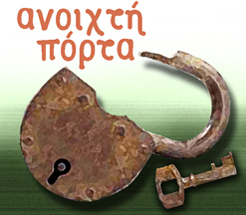
 Στηρίξτε-Ενισχύστε την iΠόρτα με τη δική σας χορηγία…
Στηρίξτε-Ενισχύστε την iΠόρτα με τη δική σας χορηγία…